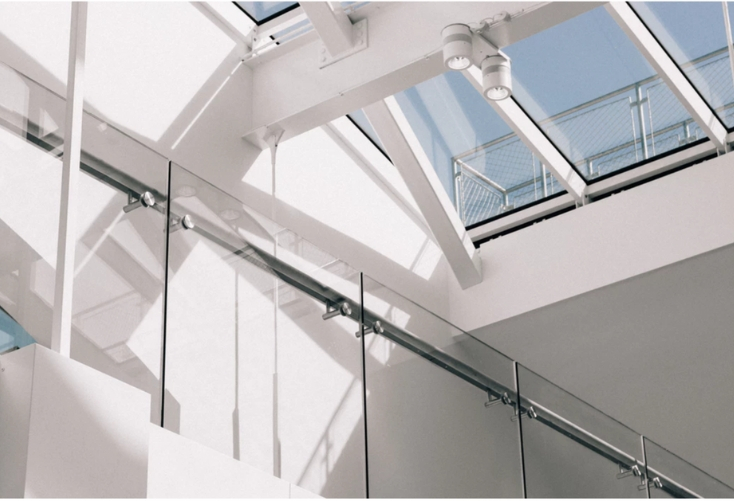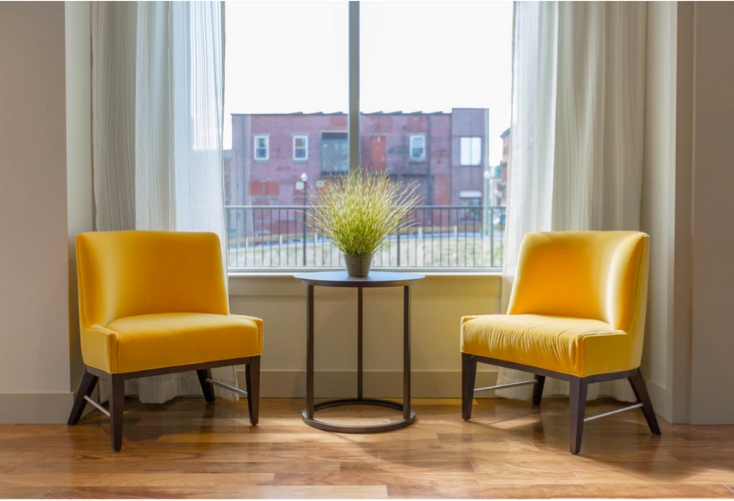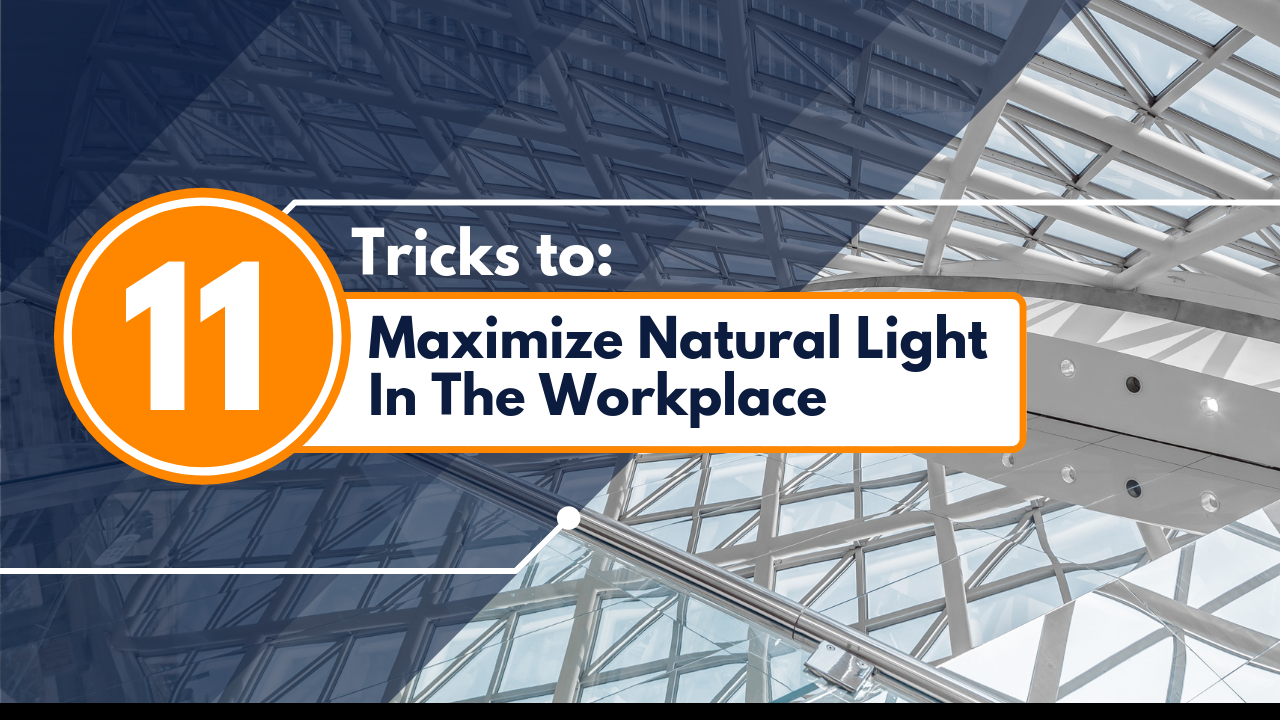- Light greatly influences our circadian rhythm, which is our natural internal clock.
- A lack of natural light in the workplace can upset our cognitive processing, creativity levels, and mental and physical health.
- These 11 tips will help to maximize natural light within the workplace, even in gloomy spaces where daylight is limited.
Lighting plays a key role in our day to day lives as it greatly influences our circadian rhythm. The circadian rhythm is our internal clock and it regulates what many call the sleep/wake cycle. Back in the day, prior to the invention of the electric bulb and electricity, our circadian rhythm was dictated purely by our natural environment.
Today, however, human beings spend most of their time in indoor environments illuminated by artificial lighting. This disrupts our circadian rhythm and it can negatively impact our mental and physical health. Light has been shown to significantly influence cognitive processing, creativity levels, and mental and physical health.
Built environments that harmonize space with the circadian cycle can improve an individual’s health, and productivity and creativity levels. As a point of contrast, individuals who work or spend most of their time in environments that disrupt their circadian rhythm tend to sleep less at night, experience lower-quality rest, are less physically active, and report higher levels of stress, depression, and anxiety.
One key element to maintain a healthy circadian rhythm and improve wellness in the workplace is natural light. Unfortunately, not all spaces and buildings allow for enough natural light to come in; lack of windows, building location, floor, and the surrounding area all affect how much natural light comes into a built environment.
Fortunately, there are techniques and tricks that can help companies and flexible workspace operators maximize the amount of natural light in the workplace.
11 Ways to Maximize Natural Light in Indoor Environments
Access to natural light is one of the most valued attributes of a workplace, and for good reason. Because natural light regulates our circadian rhythm, access to it from the workplace or built environment can help reduce feelings of tiredness and gloominess and increase productivity levels by as much as 20%. Furthermore, overall productivity and levels of well-being greatly rely on healthy intakes of natural light.
If your space offers limited windows and access to natural light, there are certain tricks that can be implemented to maximize the effect of natural light.
Suggested Reading: “Natural Light: The Secret Ingredient for a Happy Workplace”
1. Place mirrors across from window walls in order to bounce light back into the room. Mirrors can help make a space feel larger, which can also help boost creativity levels.

2. Use pale colors throughout your workplace. Dark colors tend to absorb light and heat whereas pale colors tend to reflect light, therefore maximizing the impact of the natural light that filters in.
3. Embrace glossy finishes. Glossy finishes, as well as shiny, metallic, and glassy objects can create a mirror effect.

4. If possible, incorporate glass in all of your doors. This allows light to move from one room to the next.

5. Use high-glass and reflective tiles in the kitchen, bathrooms, and other social areas.

6. Say goodbye to window drapery and treatments, or alternatively, choose light/transparent materials and light colors.
7. Avoid light-absorbing materials and elements like opaque carpets and panels on walls and floors.
8. If possible, add skylights; not only will they maximize natural light, they will also significantly reduce electricity bills.

9. Avoid placing tall and bulky furniture near windows as this can reduce the amount of natural light that enters the room. Think of it as reducing a visible barrier that will help light get in and also help people see out, which can reduce stress and anxiety.
10. Clean windows and furniture often! Dust tends to accumulate quickly and it absorbs light, so make sure your windows and furniture are clean of dust.

11. Use light-toned and polished wooden floorboards, as they are great light reflectors.




 Dr. Gleb Tsipursky – The Office Whisperer
Dr. Gleb Tsipursky – The Office Whisperer Nirit Cohen – WorkFutures
Nirit Cohen – WorkFutures Angela Howard – Culture Expert
Angela Howard – Culture Expert Drew Jones – Design & Innovation
Drew Jones – Design & Innovation Jonathan Price – CRE & Flex Expert
Jonathan Price – CRE & Flex Expert












